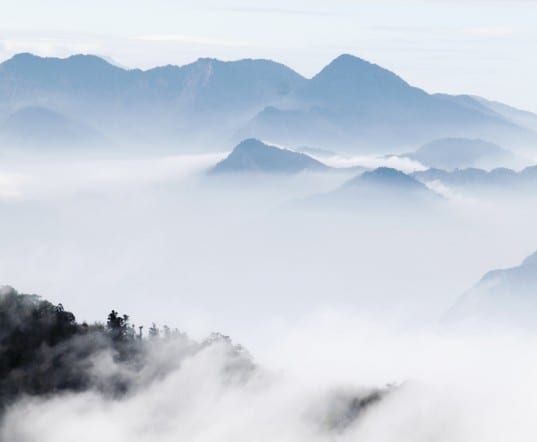According to new findings published online in the journal Langmuir, most existing fog harvesting systems are far from optimized. Many are woven out of polyolefin mesh – a kind of plastic that is readily available and inexpensive. Unfortunately, the size of polyoefin’s pores are often too large, which allows a lot of water to slip through the cracks.
The MIT research team, comprised of postdoc Kyoo-Chul Park PhD, MIT alumnus Shreerang Chhatre PhD, graduate student Siddarth Srinivasan, chemical engineering professor Robert Cohen, and mechanical engineering professor Gareth McKinley, believes that by closing the gaps in the net material, they can drastically improve the efficiency of fog harvesting systems.
“Detailed calculations and laboratory tests indicate that the best performance comes from a mesh made of stainless steel filaments about three or four times the thickness of a human hair, and with a spacing of about twice that between fibers,” explains a press release. “In addition, the mesh is dip-coated, using a solution that decreases a characteristic called contact-angle hysteresis. This allows small droplets to more easily slide down into the collecting gutter as soon as they form, before the wind blows them off the surface and back into the fog stream.”
Preliminary tests suggest that the new, smaller-pored material can improve efficiency five times in mild fog conditions, making the system far more feasible and practical than existing versions. The team is currently carrying out a year-long test in Chile to study the durability and water yield of different configurations.
“Chilean investigators have estimated that if just 4 percent of the water contained in the fog could be captured, that would be sufficient to meet all of the water needs of that nation’s four northernmost regions, encompassing the entire Atacama Desert area,” states the same release.
Via Gizmodo
Images via MikeBehnken and horiavarlan







